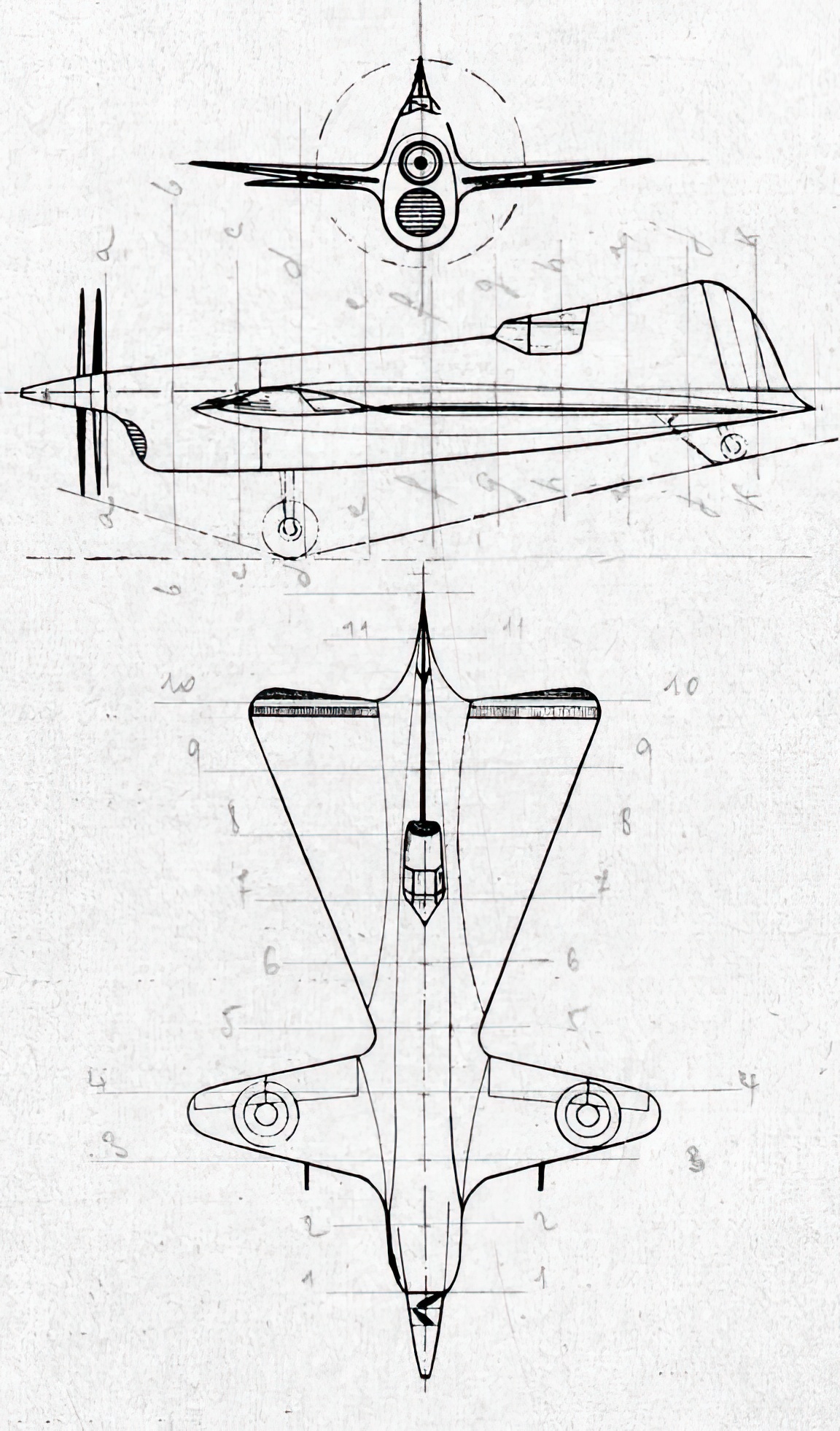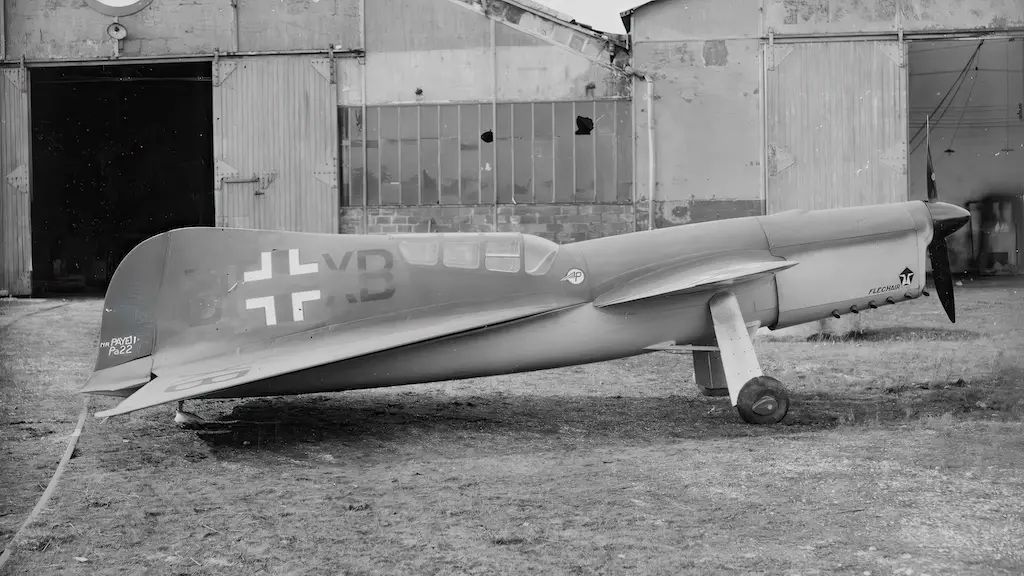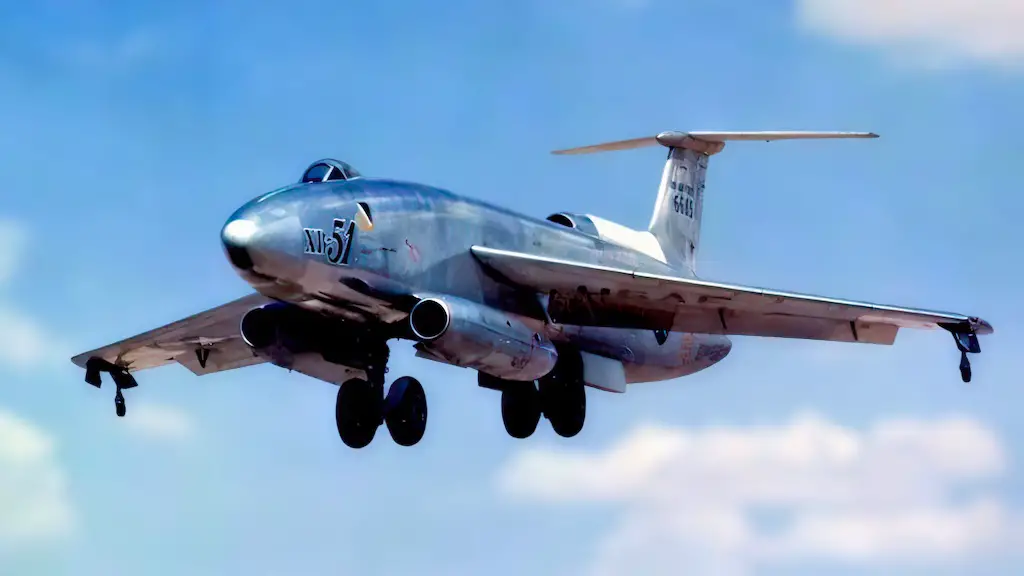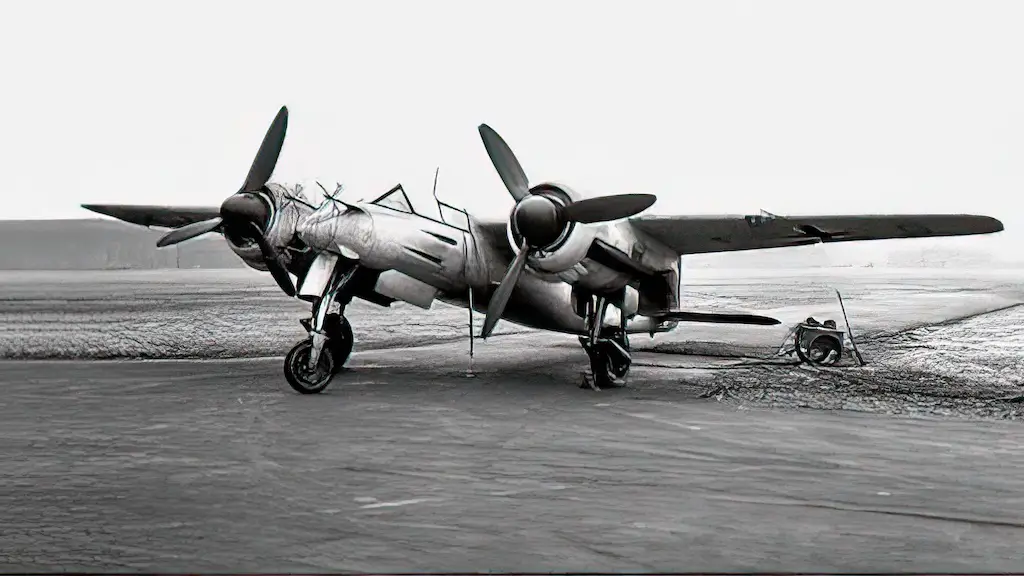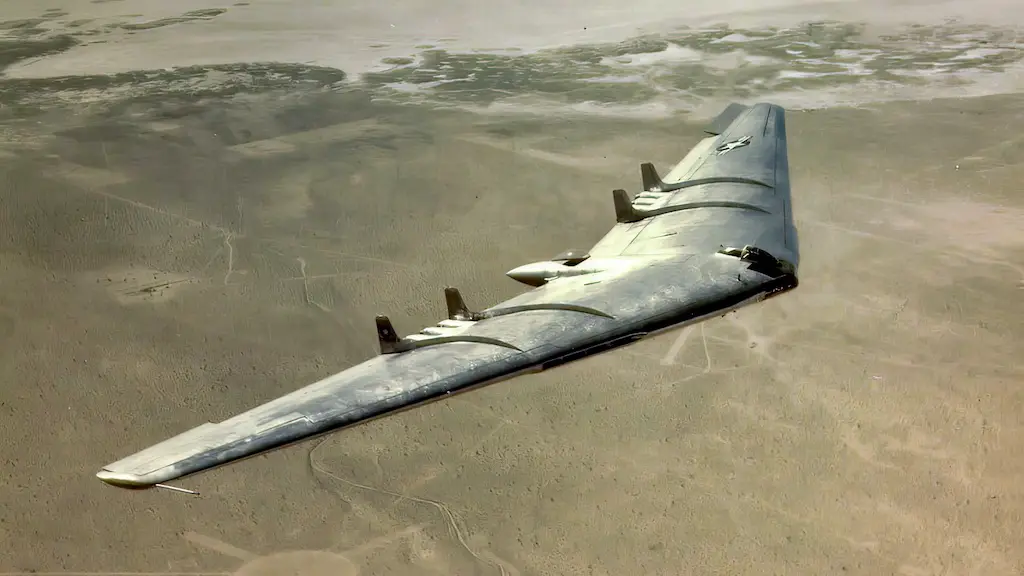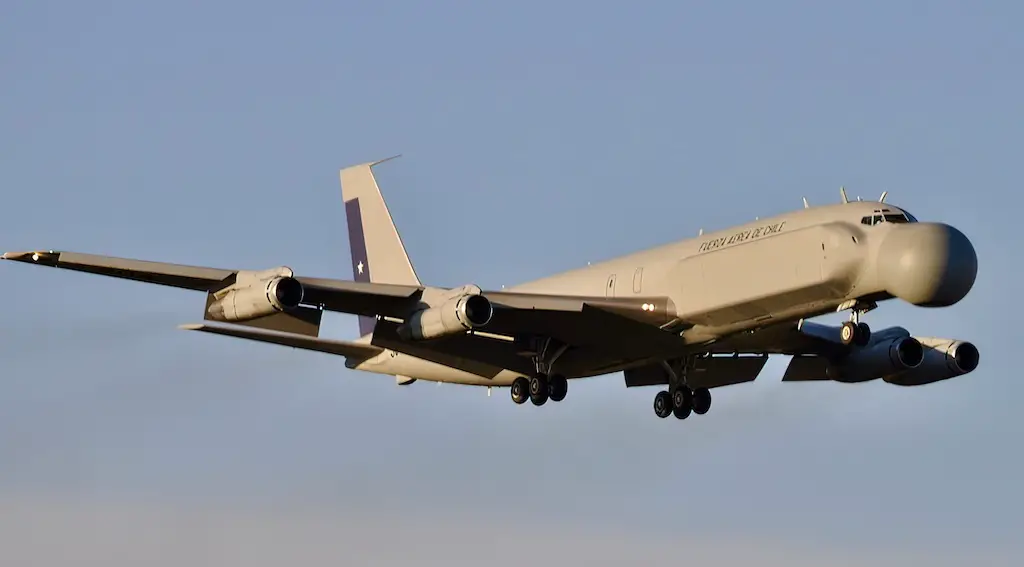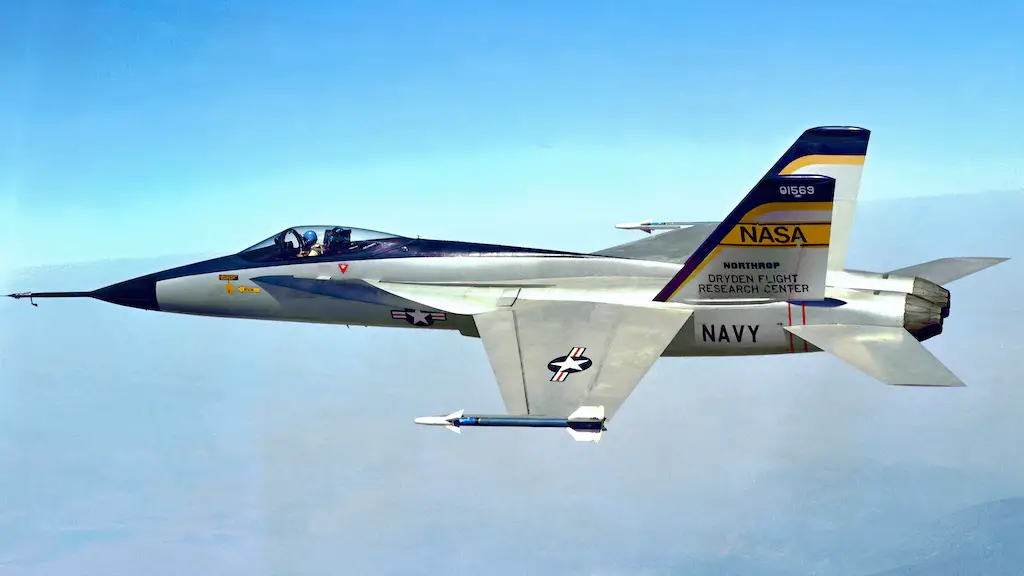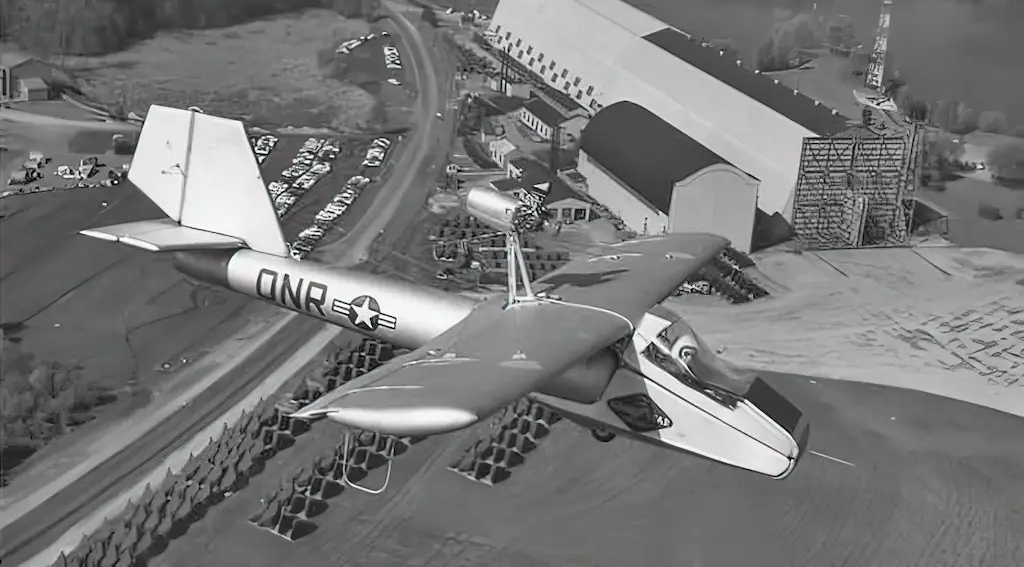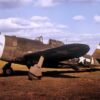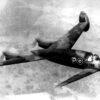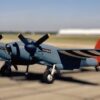In the late 1930s, French aeronautical engineer Nicolas Roland Payen designed a sleek aircraft featuring delta wings and canards, very unusual solutions for that time. The outbreak of the Second World War interrupted Payens’ work, but when Germans occupied France and saw the experimental plane they figured that the Luftwaffe could put this bold new design to use.
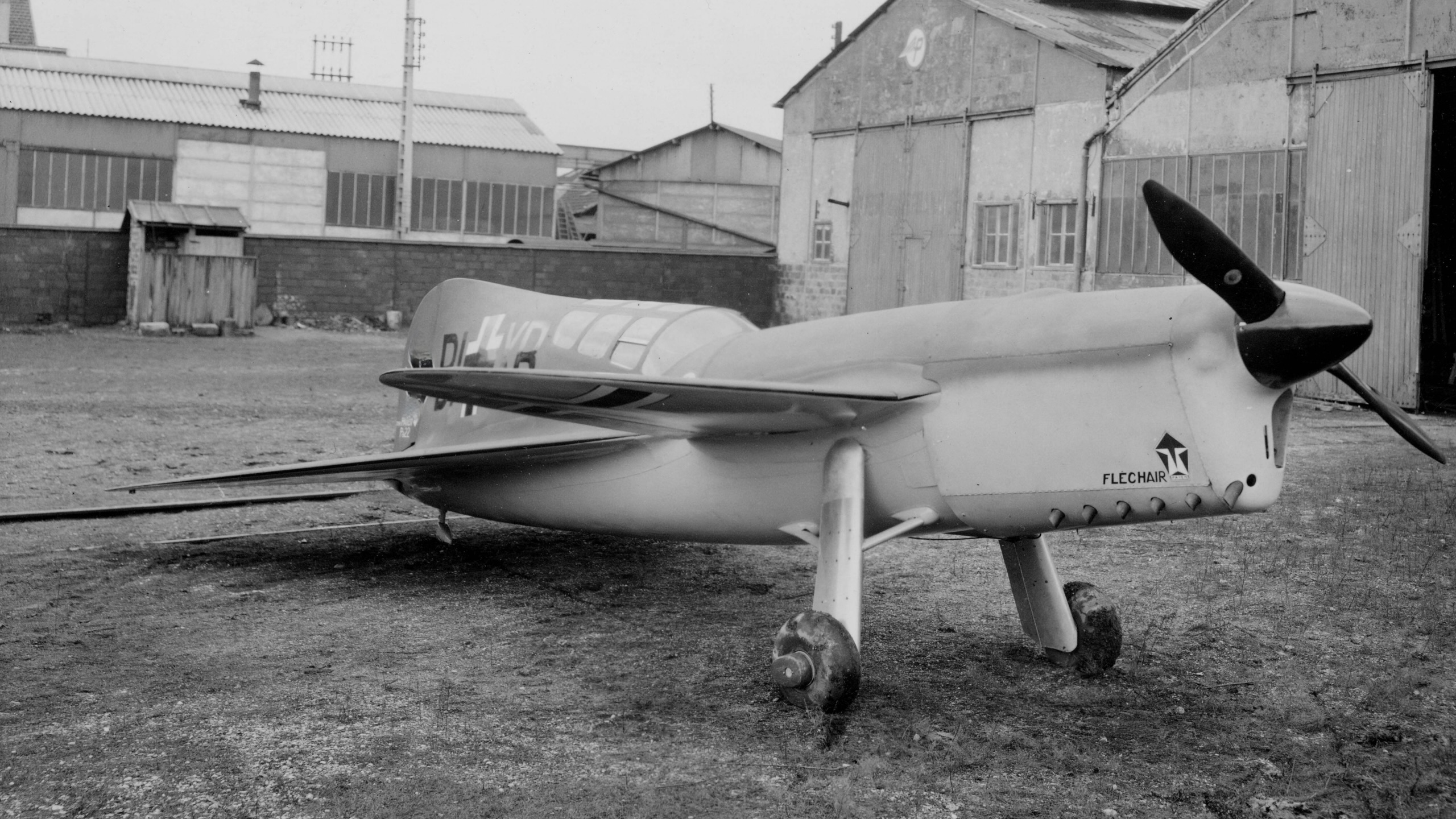
A tandem-wing racer
Payen began developing his tandem-wing aircraft, which he called Fléchair, as early as 1935. The resulting prototype featured a radically swept wing (67 degrees) spanning 15.9 ft, a pair of unswept canards, and a cockpit fared into the tail. Payens initial plan was to power the aircraft with a ramjet. That plan never came to fruition. Instead, the plane got a 180-hp Régnier R6 air-cooled piston engine.
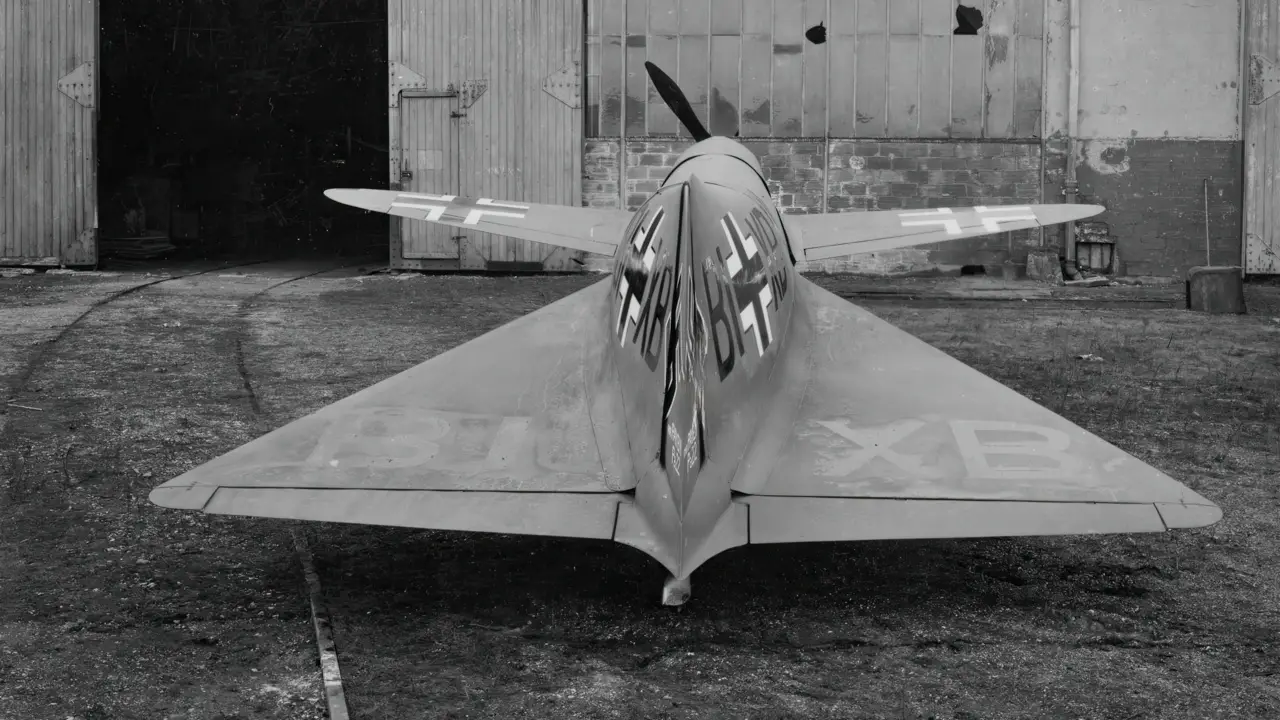
Payen intended this specific aircraft as a racer, but he also had more ambitious plans. In parallel with this design, he also prepared a full scale light fighter mockup of a similar configuration, which he proposed to the French government in 1938. The French Aviation Ministry was wary of the project but greenlighted construction of a single prototype. That was never done due to the WWII breaking out in Europe.
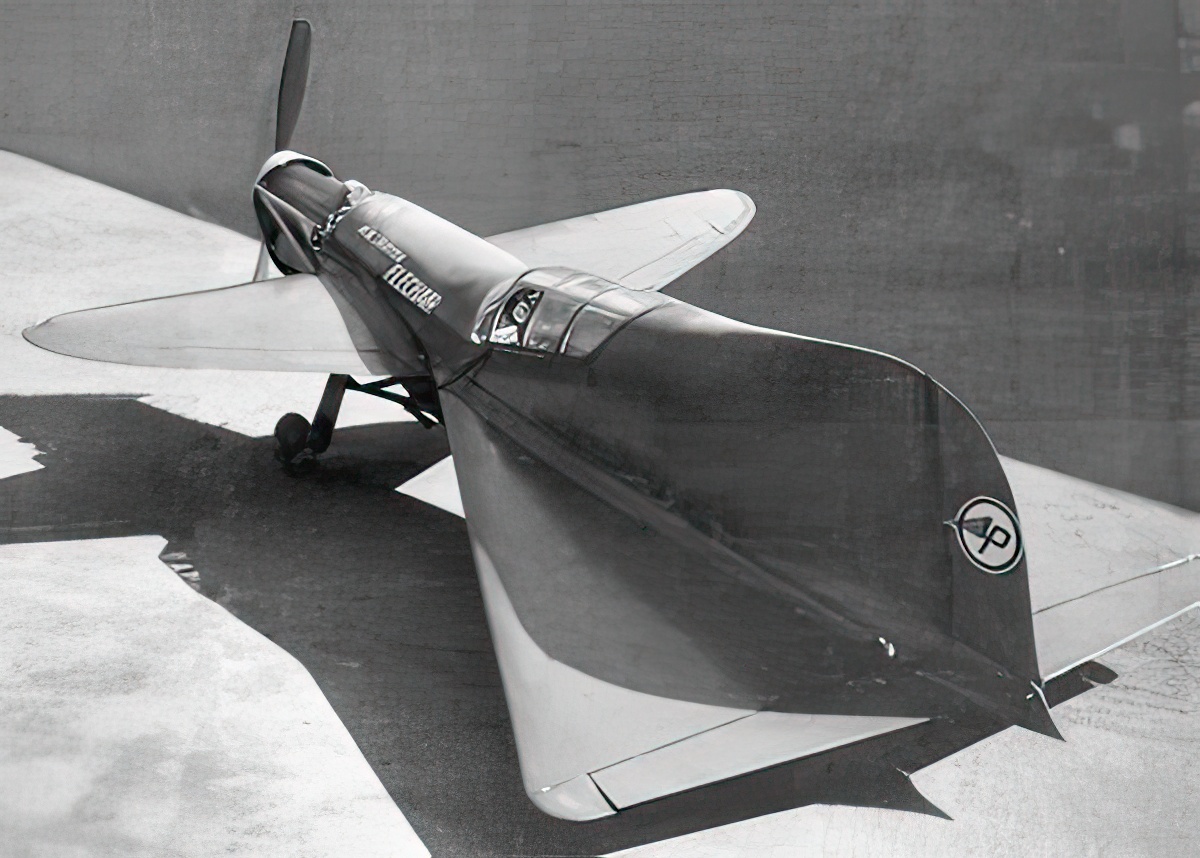
A spoil of war
As for Payens initial design, by the time Germany invaded France in 1940, it had been built and reached the wind tunnel testing stage. Seeing Payens creature at the at Chalais-Meudon testing site, the Germans recognized its potential as a fighter aircraft. They effectively confiscated the aircraft, taking the wind tunnel testing under their control.
The only flight
On October 18, 1942, the aircraft now designated PA-22 and painted in Luftwaffe markings, made its first and only flight at Villacoublay with French test pilot test pilot Jacques Charpantier at the stick. The flight went without incident and the aircraft demonstrated a top speed of 224 mph.
The Germans were interested in further developing the concept. In fact, they were planning to transport the prototype to aeronautical research center in Rechlin, Germany. However, that wasn’t meant to be. In 1943, the only existing PA-22 was destroyed at the Payen factory in Juvisy during an Allied bombing raid. It had been brought there at Payen’s request—he insisted that he had to make certain modifications to the aircraft.
